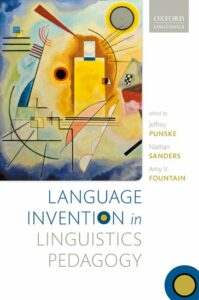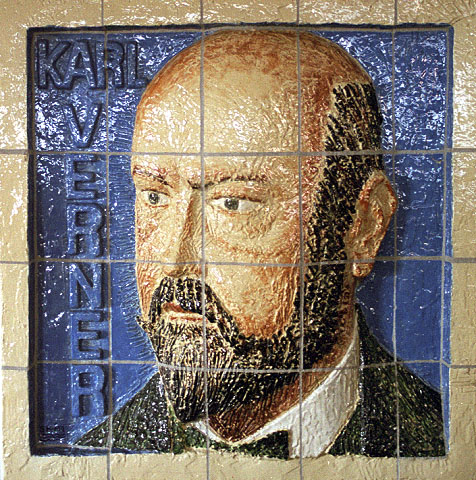Learning about language by creating a language – a fun and creative approach to teaching linguistics

If you are reading this blogpost, you probably know what linguistics is. However, most people don’t know what to make of the term or have only a vague idea – it’s something about grammar, maybe? Those unknowing people would probably never choose a course titled ‘Introduction to Linguistics’ as an elective, as it sounds either too dry or too daunting. But what if introductory linguistics courses were taught under another cover – that of creating your own language?
Using language invention in the classroom has been increasing in popularity, and courses on language invention have been successful around the world. The book Language Invention in Linguistics Pedagogy explores this new field. It is edited by Jeffrey Punske, Nathan Sanders and … ↪


